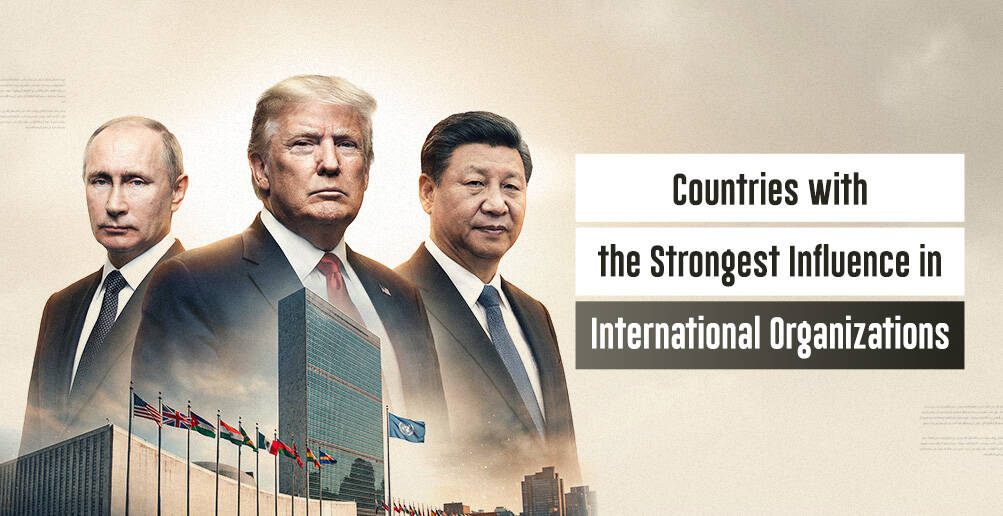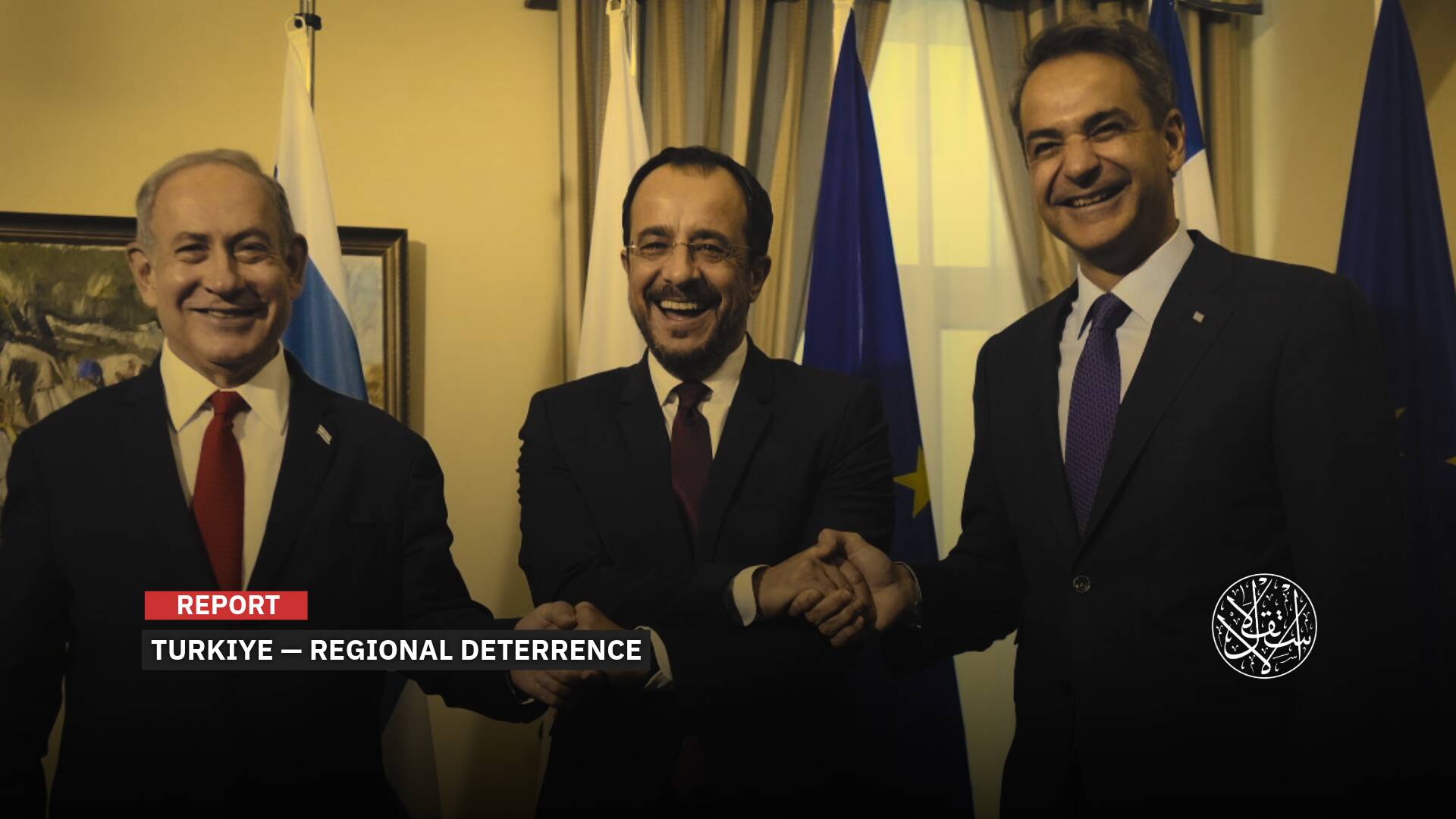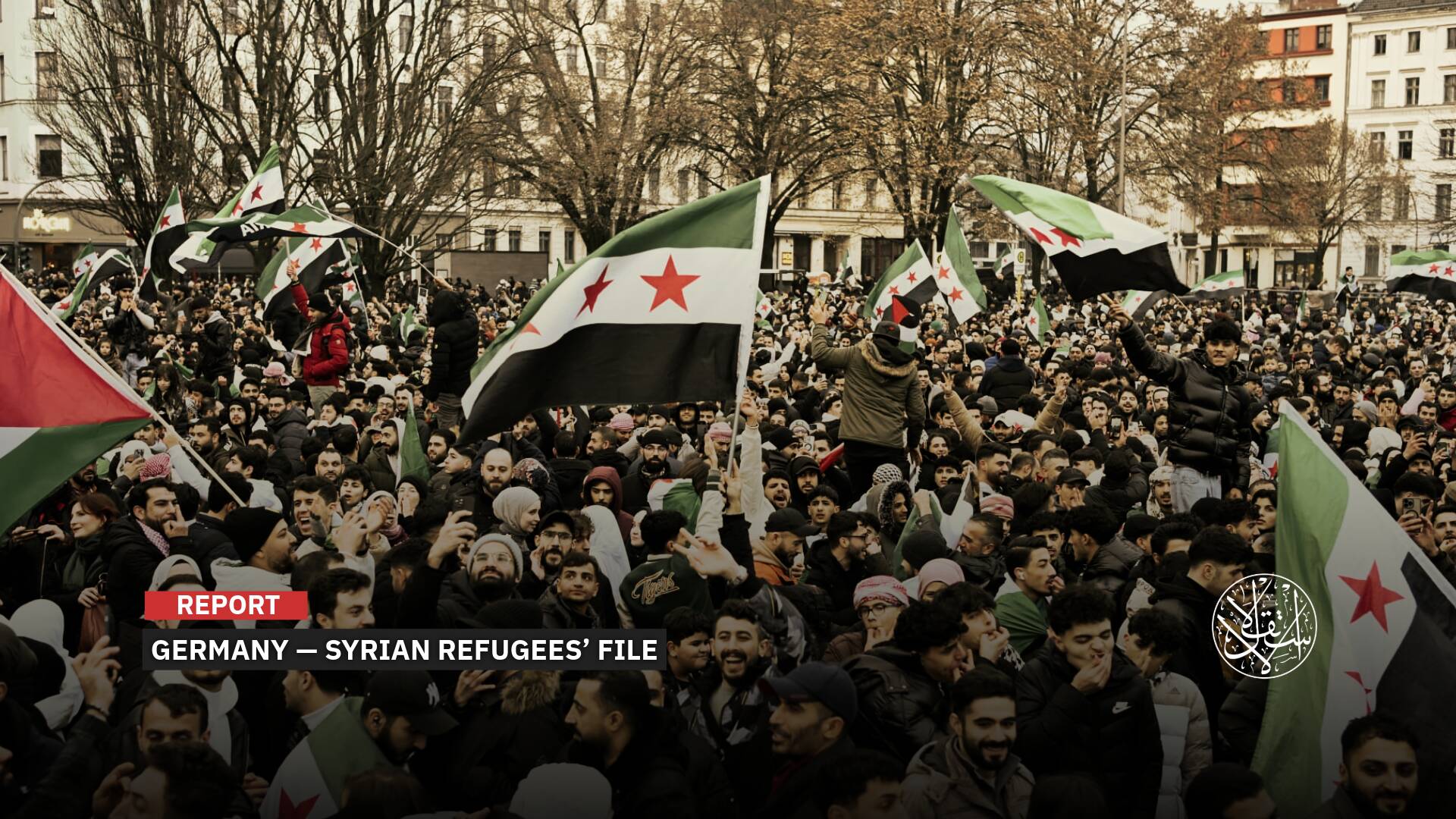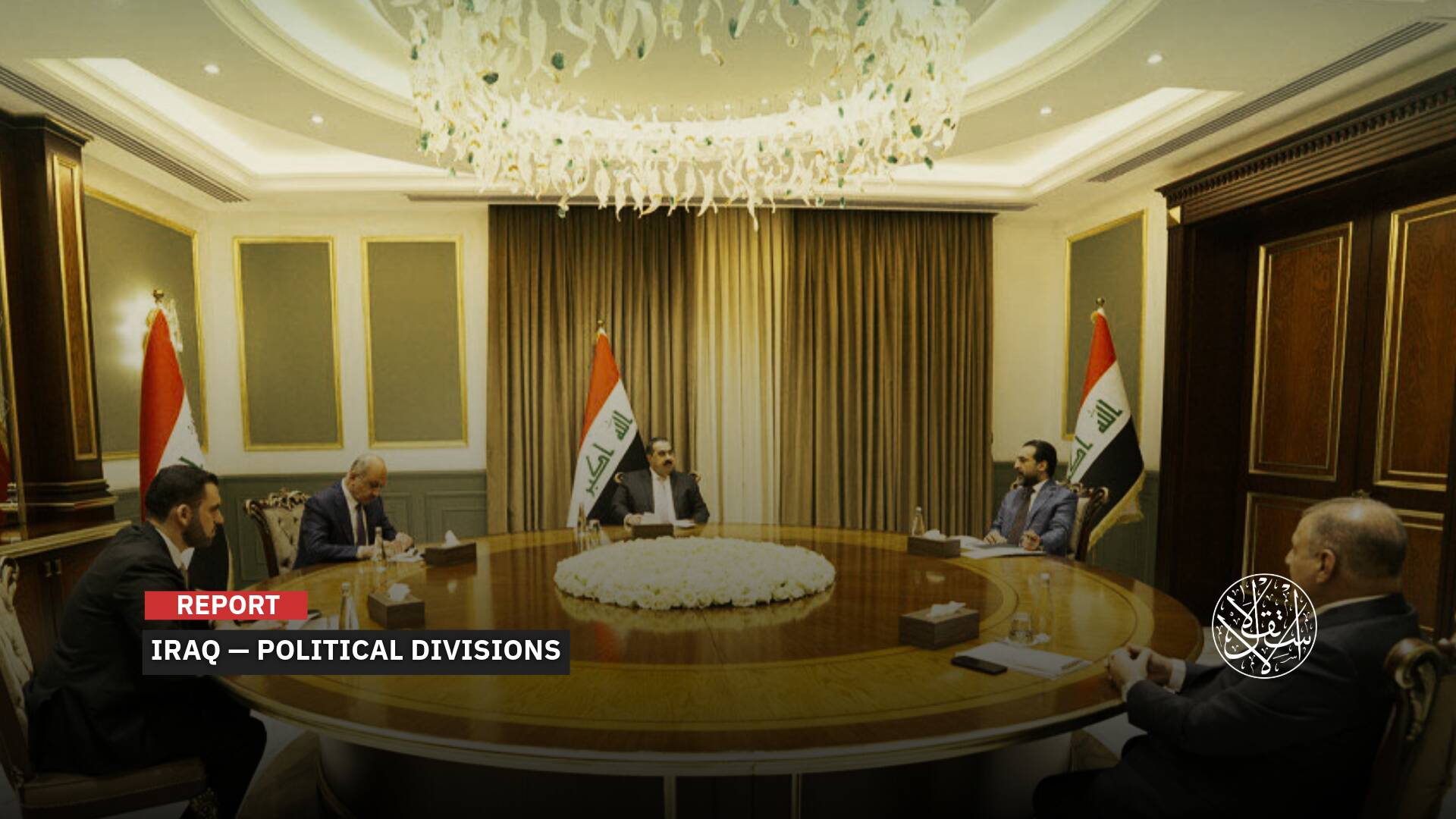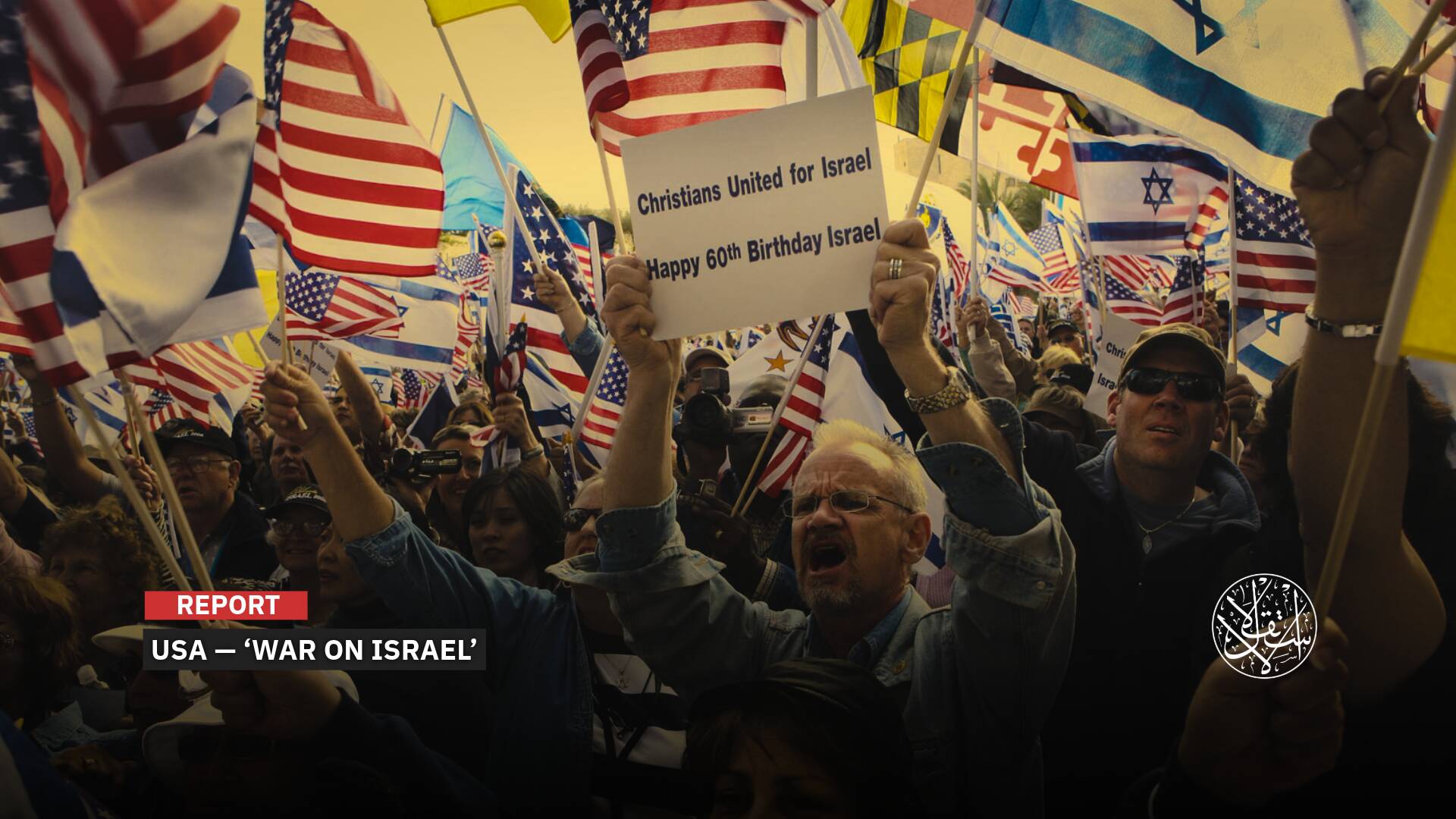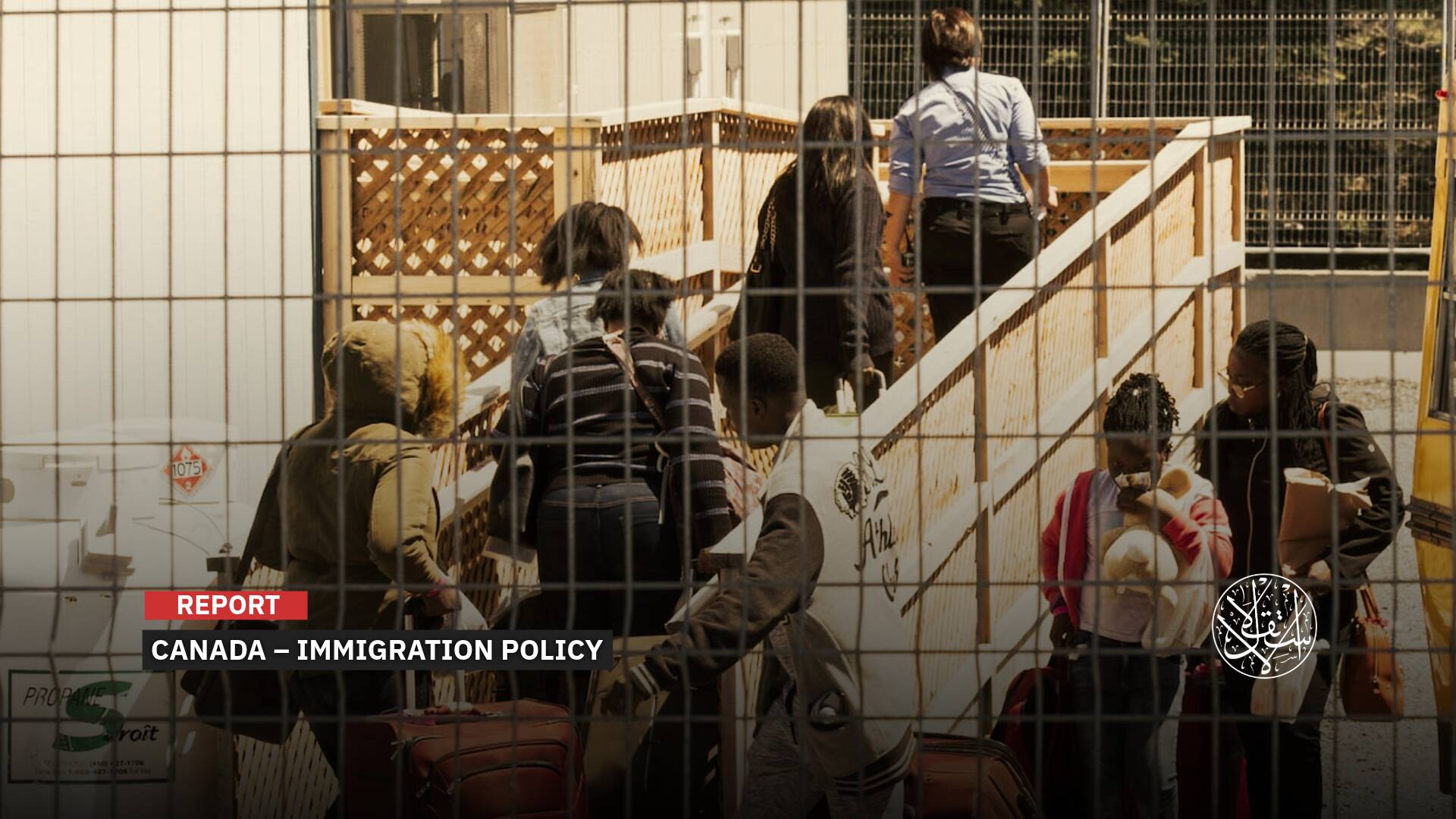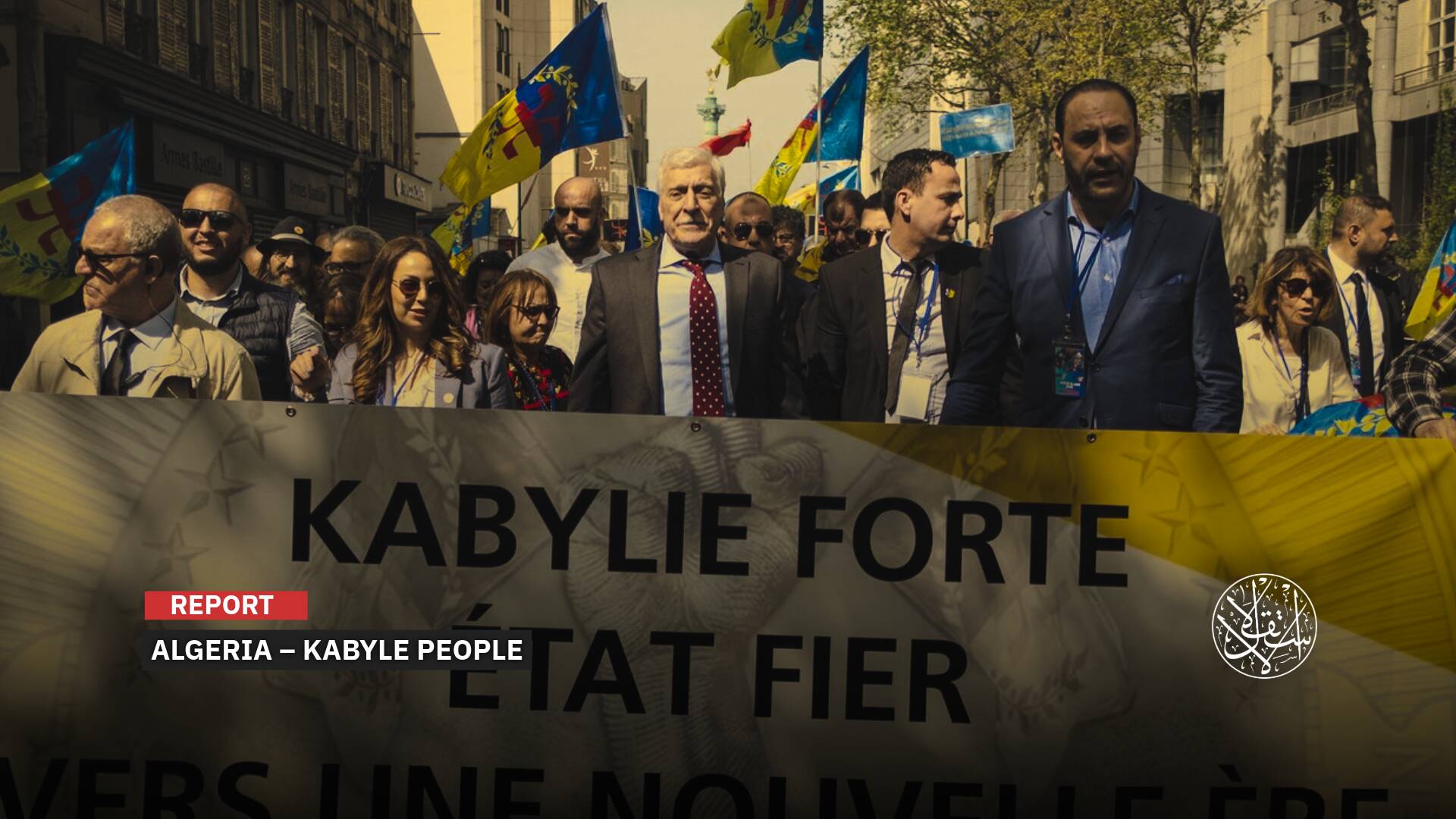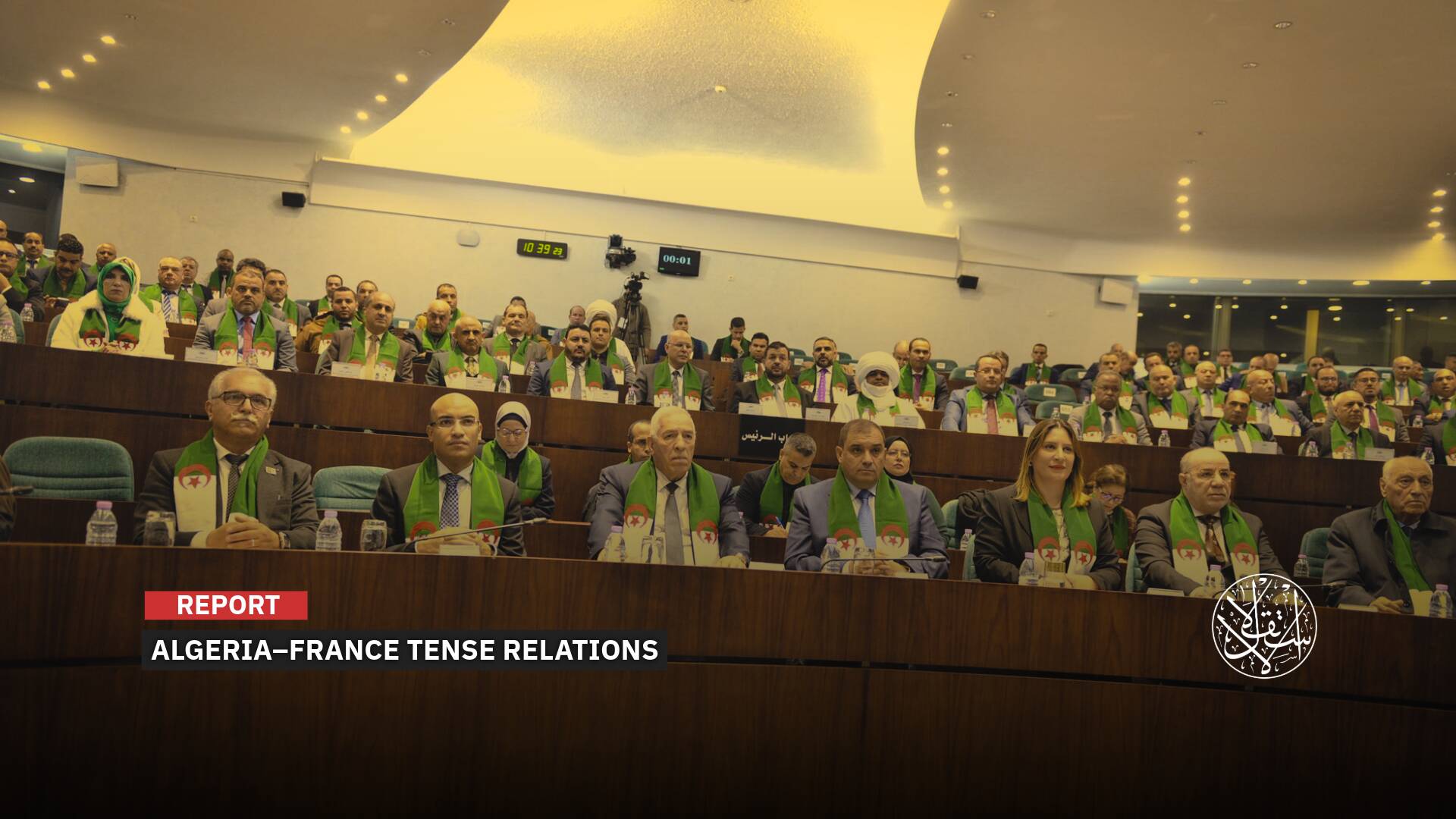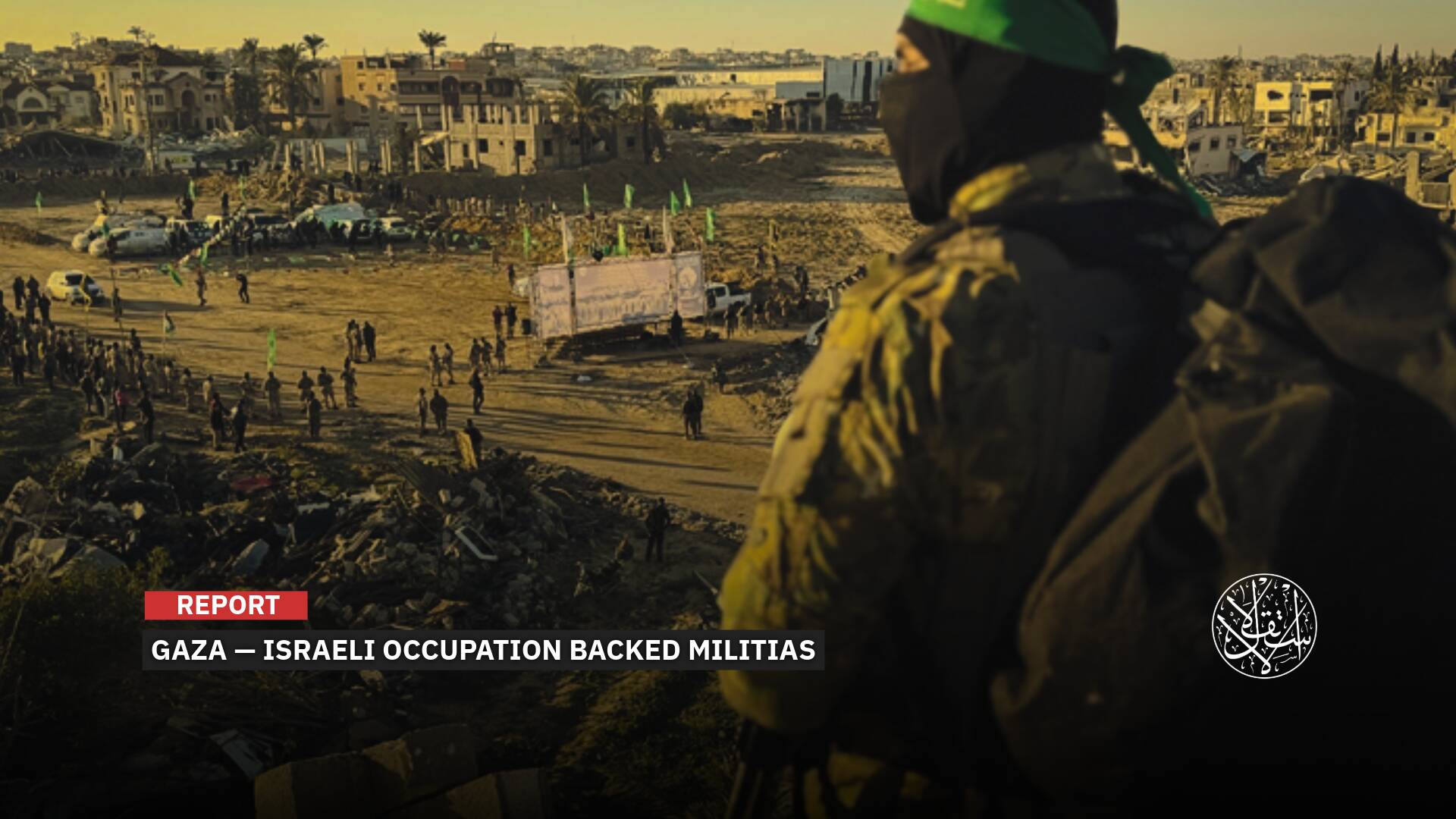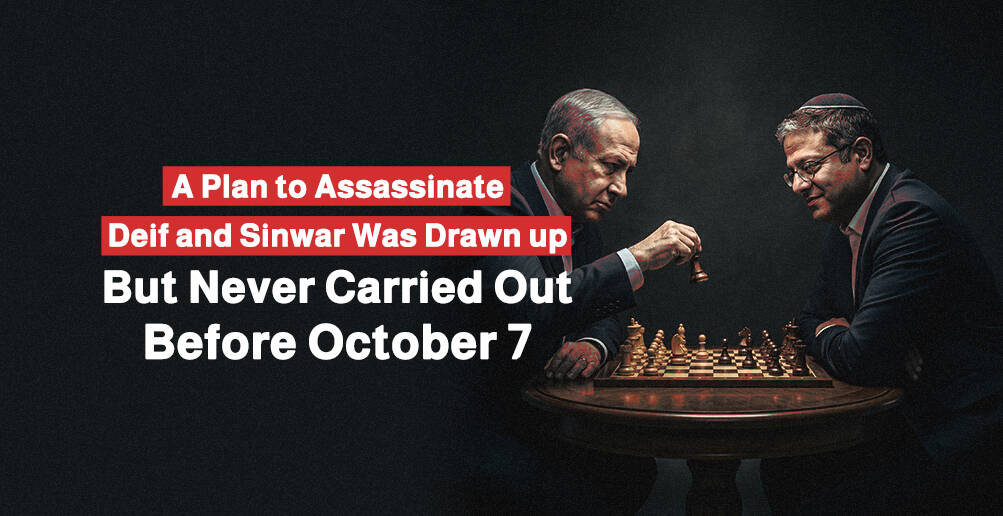A Settled Scenario: This Is How Azerbaijan Regained Its Sovereignty Over Nagorno-Karabakh in One Day

Azerbaijani President Ilham Aliyev recently announced that his country had regained its sovereignty in the Nagorno-Karabakh region within one day after its operation against terrorism, emphasizing the beginning of the process of the illegal Armenian armed groups leaving their positions and handing over their weapons.
This is an indication that there was some agreement concluded behind the scenes with international and regional approval or mediation that led to this decisive change in this bitter conflict that began more than three decades ago.
On its part, the Armenian government did not intervene in the recent battle in Karabakh, and it contented itself with issuing statements of condemnation and calling on the international community to take action to stop the attack by Azerbaijani forces.
Tension has recently escalated in the Nagorno-Karabakh region due to the separatist forces that have controlled it over the past period, systematically firing at Azerbaijani army positions, continuing to plant mines, and carrying out fortification work.
According to Aliyev, more than 300 citizens have been killed as a result of the explosion of mines planted by Armenian forces since the end of the Karabakh War on November 10, 2020.
Armenia and other countries fear that Azerbaijan’s ambition will extend beyond the Karabakh region, especially with the dispute over the Zangezur Corridor, which connects Turkiye to Azerbaijan through the Armenian and Iranian borders.
A Settled Scenario
In an amazing and rapid development, the recent conflict over Nagorno-Karabakh ended with the Armenian separatists surrendering and laying down their weapons, according to a peace plan proposed by the Russian peacekeeping forces deployed in the region.
After their inability to withstand the new Azerbaijani attack that began on September 19, 2023, the separatists, who had previously declared a globally unrecognized state, surrendered and agreed to hold negotiations on issues related to the reintegration of Nagorno-Karabakh and its Armenian population, estimated at 120,000, into Azerbaijan.
Several days ago, Azerbaijan demanded that Armenia withdraw its forces from Nagorno-Karabakh and dissolve the military and administrative entity of its so-called Karabakh regime.
Baku indicated the presence of Armenian armed forces numbering more than 10,000 people affiliated with the so-called Karabakh regime, indicating that these forces possess more than hundreds of armored vehicles and heavy artillery.
It stressed that Armenia provided technical, military, logistical, and financial support to those forces, contrary to its obligations.
In a briefing presented to the countries concerned with the file, Baku stressed that it has become more important and necessary than ever to force Armenia to move away from the dangerous path.
Baku and Yerevan previously held Western-brokered peace talks, which achieved some progress towards preparing a peace text without reaching a final agreement.
Yerevan agreed to recognize Karabakh as part of Azerbaijan but demanded international mechanisms to protect the rights of residents.
In the face of Armenian and Western media allegations about the possibility of ethnic cleansing in Karabakh, Baku stressed that its operation does not target civilians or infrastructure but only legitimate military targets, noting that it opened humanitarian crossings on the Lachin Corridor to evacuate Armenian civilians, provide them with medical aid, and meet their needs.
Baku also stressed that the Armenians of Karabakh are Azerbaijani citizens and indicated its desire to open a new page with them in which they would be part of the Azerbaijani people.
President Aliyev also pledged to guarantee Azerbaijan all the rights of Nagorno-Karabakh Armenians, such as education, culture, and municipal elections.
On September 25, Turkish President Recep Tayyip Erdogan arrived in the Nakhchivan Autonomous Republic in response to the invitation of his Azerbaijani counterpart Ilham Aliyev.
“With the latest victory, new windows of opportunity have opened for a comprehensive normalization in the region,” Erdogan said.
On the other hand, Armenian Prime Minister Nikol Pashinyan is facing calls to resign due to his failure to save Karabakh, coinciding with a mass exodus of ethnic Armenians from the region towards Armenia, according to what Reuters reported.
In turn, the White House expressed its concern about the worsening humanitarian situation in the region, while European parties urged Azerbaijan to guarantee the rights of Armenians in Karabakh.
The Nagorno-Karabakh Conflict
Nagorno-Karabakh is part of Azerbaijan, but its population is majority Armenian.
As the Soviet Union saw increasing tensions in its constituent republics in the 1980s, Nagorno-Karabakh voted to become part of Armenia — sparking a war.
Armenian forces gained control of Nagorno-Karabakh and areas adjacent to it before a Russian-brokered ceasefire was declared in 1994.
Tens of thousands died and up to a million were displaced amid reports of ethnic cleansing and massacres committed. Most of those displaced in the war were Azerbaijanis.
Since then, Nagorno-Karabakh has remained part of Azerbaijan but is controlled by separatist ethnic Armenians backed by the Armenian government.
In late 2020, Azerbaijan, with Turkish support, regained a large portion of its territory, including some of Nagorno-Karabakh (a large portion remained in the hands of Armenian forces), following a violent war that lasted 44 days.
After that, Azerbaijan and Armenia reached a Russian-brokered ceasefire agreement, which stipulates that Baku regains control over the occupied territories, but Azerbaijan said that Armenia and the Karabakh separatists did not implement the agreement and continued provocative steps, the latest of which was holding presidential elections in the region.
On September 19, Azerbaijan announced the launch of anti-terrorism operations in Karabakh after 4 police officers and two Azerbaijani civilians were killed in a mine explosion. The next day, the authorities of the separatist region surrendered after Yerevan abandoned them, and a ceasefire was reached.
The conflict over Nagorno-Karabakh is one of the most bitter and longest-lasting ethnic conflicts in the world and witnessed one of the largest ethnic cleansing operations in modern times, with Armenian forces expelling an estimated 600,000 Azerbaijani civilians from their homes during the war in the 1990s.

Credit: Council on Foreign Relations
The Zangezur Corridor
After Azerbaijan imposed full control over the Nagorno-Karabakh region, another conflict looms on the horizon between Azerbaijan and Armenia over the lands of the Azerbaijani Nakhchivan region, which is separated from Baku by Armenian lands.
Nakhchivan is an autonomous Azerbaijani region with an area of about 6% of the Azerbaijani territory, with areas of Armenian territory 40 kilometers wide separating this enclave from Azerbaijan.
This Azerbaijani region is adjacent to Iran, Armenia (Baku’s rivals), and Turkiye (Baku’s ally). The population of Nakhchivan is about 460 thousand people, the vast majority of whom are Azerbaijanis, in addition to the presence of Russian ethnic minorities.
It was agreed during the Russian-brokered truce to end the war between Azerbaijan and Armenia in 2020 to open a corridor passing through Armenian territory between Azerbaijan and Nakhchivan.
This corridor is supposed to cross the Zangezur region, which is currently part of southern Armenia but has been a disputed area since World War I.
In May 2023, Ilham Aliyev announced the agreement with Nikol Pashinyan to open the Zangezur Corridor following their meeting with European Council President Charles Michel in Brussels.
However, Pashinyan tried to stall after that, as his positions seemed volatile and indecisive, most likely due to his concern about Armenian extremists.
Opening the Zangezur corridor is among the terms of the agreement between the two countries that was concluded with Russian mediation to end the 2020 war, but there is a disagreement over the interpretation of the nature of the corridor.
Baku and Ankara are pressing to open this corridor, which will provide an opportunity for direct connectivity not only between Azerbaijan and the Nakhchivan region but will also directly connect Turkiye and Azerbaijan and, from there, to Central Asia via the Caspian Sea.
That is, it will open the door to implementing what is known as the Middle Corridor, which connects Asia, including China, with Europe, via Turkiye and the Caucasus, without passing through Iran in the south or Russia in the north.
The opening of the corridor also clashes with the Iranian–Russian efforts to activate the North–South Corridor to enhance transport and trade between Russia, Iran, India, the Caucasus, and Central Asia.
Speaking on his way back from the Azerbaijani exclave of Nakhchivan, Erdogan reiterated his country’s resolve to set up the corridor through which Ankara is seeking to boost its trade ties with Azerbaijan and Central Asia.
According to observers, the potential agreement in the Caucasus resembles partial settlements made between Russia and Turkiye in the Caucasus, in 2020, and in Syria and Libya, in which the two countries were supporting conflicting parties there.
It is clear that the final settlement will take place through Russian mediation and a Turkish role, and there may be an undeclared American and European role, but what is striking about it is that it appears that it will most likely not allow the region to become a state within Azerbaijan.
Iran may be the biggest loser from these developments, with a greater role for Ankara, whose relationship with Armenia will improve, in addition to a greater role for the West, and the possibility of global trade flowing through Azerbaijan and Armenia to Turkiye and, from there, to Europe, away from Iranian territory.
In turn, political researcher Mahmoud Alloush explained in a statement to Al-Estiklal that “it is in the interest of America and Europe, which are focusing on their competition with Iran and Russia as their differences with Turkiye decline, to accept the latest settlement regarding the Karabakh region.”
He pointed out, saying: “Three decades of Armenian occupation of the Karabakh region led to depriving the South Caucasus, through which oil and gas pipelines pass and where Russia, the United States, Turkiye, and Iran are fighting for influence there, from benefiting from the benefits of peace and stability in development projects and regional cooperation.”
Sources
- What is Nakhchivan? And after Nagorno-Karabakh, is this the next crisis for Azerbaijan and Armenia
- Azerbaijan seizes arms from Nagorno-Karabakh separatists
- Erdogan: Iran 'views positively' a land corridor linking Turkey to Azerbaijan
- What happens to Armenia and Pashinyan after the loss of Karabakh? [Russian]
- Armenia-Azerbaijan: Why did Nagorno-Karabakh spark a conflict?



